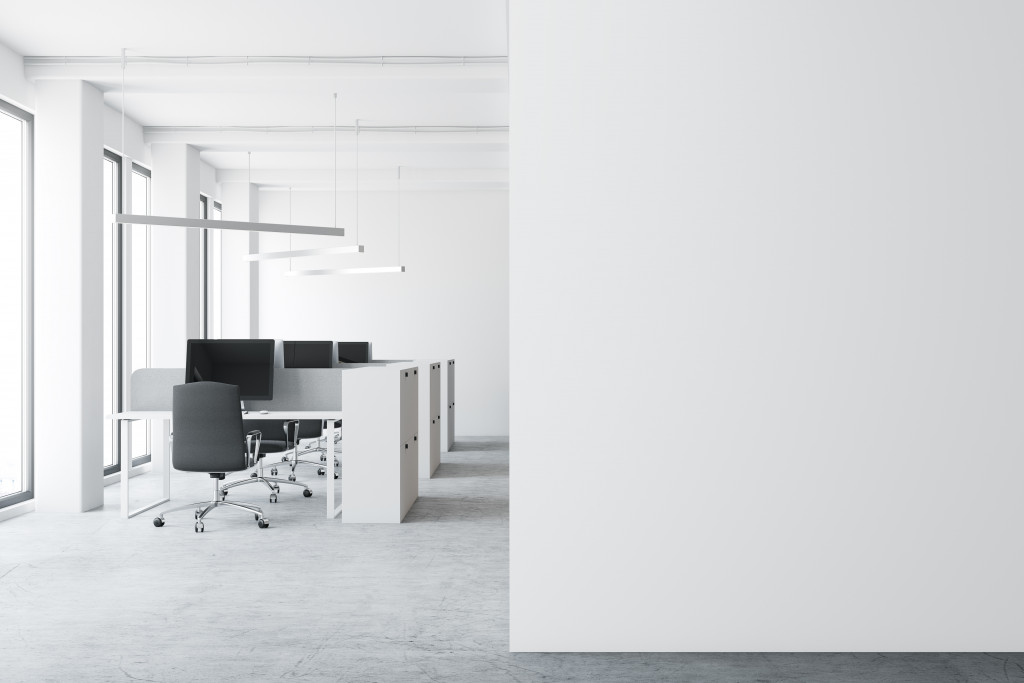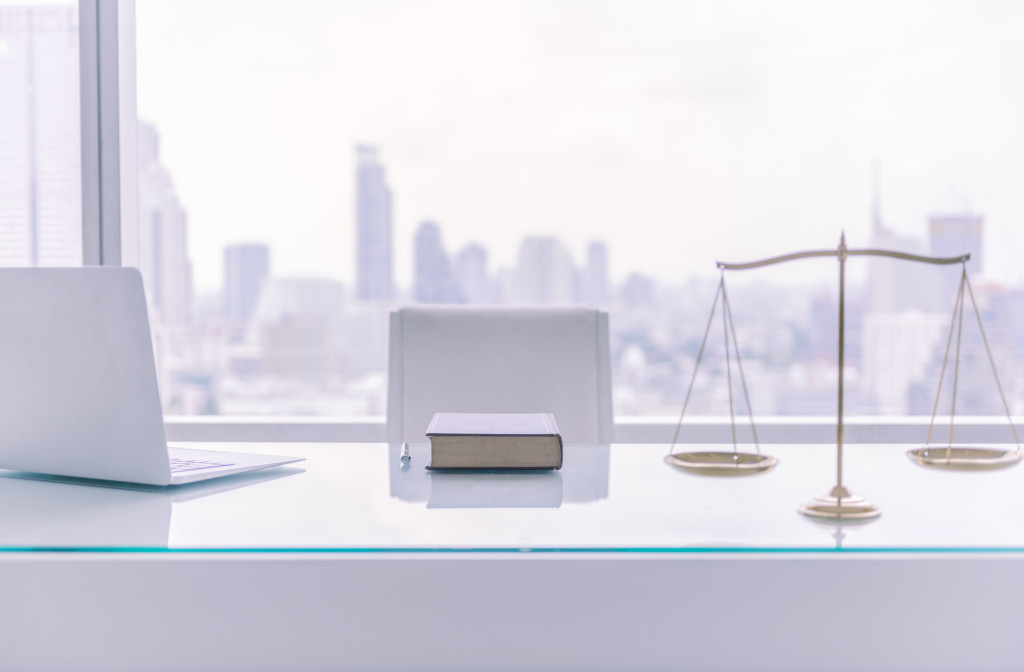Appearance can certainly be deceiving. If you look at how dinosaurs reigned the Earth, you might think they would do so forever. The big lizards lived on the planet for about 165 million years according to data from United States Geological Service (USGS). That’s a lot longer than humans have been on the planet. But 6 million years ago, dinosaurs became extinct. Many experts believe an asteroid wiped them off the face of the Earth.
While we don’t face such a galactic force right now as those dinosaurs did millions of years ago, we’re also in a bind. If the virus would have its way, it’s highly likely no one would be left standing. Thank God to modern medicine, we’ve slowed the vigorous advance of a dangerous killer but not before it has exacted a huge toll. In the last count, there were over 60,000 Americans who succumbed to the virus.
There’s a big chance we’re going to beat the virus in good time. In the meantime, however, we’re seeing how the roles of our homes drastically change — all thanks to the virus. It’s no longer just a place for us to rest. Our homes today have become makeshift classrooms, offices, gyms, concert venues, and then some.
It’s inescapable. We need our homes to adapt to the virus. It doesn’t even matter if you’re in a large single-family unit or in a small studio, you need to stretch your precious abode’s functionality to get going. Listed below are some of the most iconic ways our homes are changing to do just that.
More Spacious Office Space
It’s inevitable. As work-from-home (WFH) became the necessary set-p for millions of Americans all over the country, many turned to just about every room in the house possible to do work. The makeshift offices for some constituted of a corner in the living room while others found the basement and guest bedrooms handy.
As more and more companies explore the benefits of WFH (e.g., Facebook), homeowners are increasingly seeing the benefits of more spacious home offices. Simply put, these better-defined worked centers from home allow more work done compared to temporary desk set-ups. Having a door to your home office means you can focus on the work at hand better.
It’s no accident home office designers are looking at skyrocketing requests online these days.
Hygienic Surfaces
That a pathogen such as COVID-19 can survive on surfaces has resulted in a mad scramble for disinfectants. The possibility of a stranger or a friend leaving a killer virus behind by just touching portions of your house is indeed worrisome. Thus, high-traffic areas would fare better if designed with better easy-to-clean surfaces. A good example is the use of glazed ceramic tiles.
Further it must be noted that there are surfaces that are naturally antibacterial and antiviral. A good example here is copper. While the virus could live in other metals for as long as 48 hours, copper alloys are capable of reducing the presence of live pathogens by as much as 90% within hours. In this regard, installing custom railings made of the material in the entrances of the house would be wise to thwart the advance of the virus.
Additionally, certain no-touch technology (e.g., doorbells, faucets) has become in demand. Reducing the dangers of surface transmission is the name of the game.

More At-home Entertaining
It’s but logical. As CDC emphasizes that person-to-person poses the biggest danger in getting the virus, being in large crowds is inviting danger. Many super-spreader events happened this way.
Home entertaining, therefore, is the wave of the future. Homes, for one, are controlled environments. They allow people who are close to one another to enjoy themselves while at the same time be safe from the virus.
To this end, home design will also reflect such functionality. Patio get-togethers and backyard BBQs are the norms of the future. Smart TVs and internet-based entertainment are also taking a huge role in giving guests a good time.
Better Designed Kitchens
As sheltering-in-place dragged on for months on end, the kitchen became a great ally for many moms and cooking buffs. The place offered a timely respite to battle the boredom that came with stay-at-home orders. More importantly, the kitchen became a new battlefront as food became scarce and going outside increasingly becoming riskier.
Mastering a dish and experimenting with a new recipe became the order of the day. For many, it became a fave new hobby.
As a result, kitchen design and organization also evolved. As more time was spent in the kitchen, its design needed a timely revamp. People learn to maximize the space. In turn, the kitchen storage became more orderly and the pantries increased in size.
The virus is one existential threat no doubt. But it has spurred home design changes that could be viewed as positive over the ages.

